Don't call him Indiana Joe Wagman, but the retired York builder unearths ancient mysteries
While attending Georgetown University, Joe Wagman took an art history course.
For most students majoring in something other than art history, the subject is often viewed as an easy elective, a course that won't steal a lot of effort from the core of their academic pursuits.
For Wagman, it wasn’t that.
He was fascinated by history, and particularly fascinated by ancient history. “There are so many unknowns,” he said, “so many things we don’t know.”
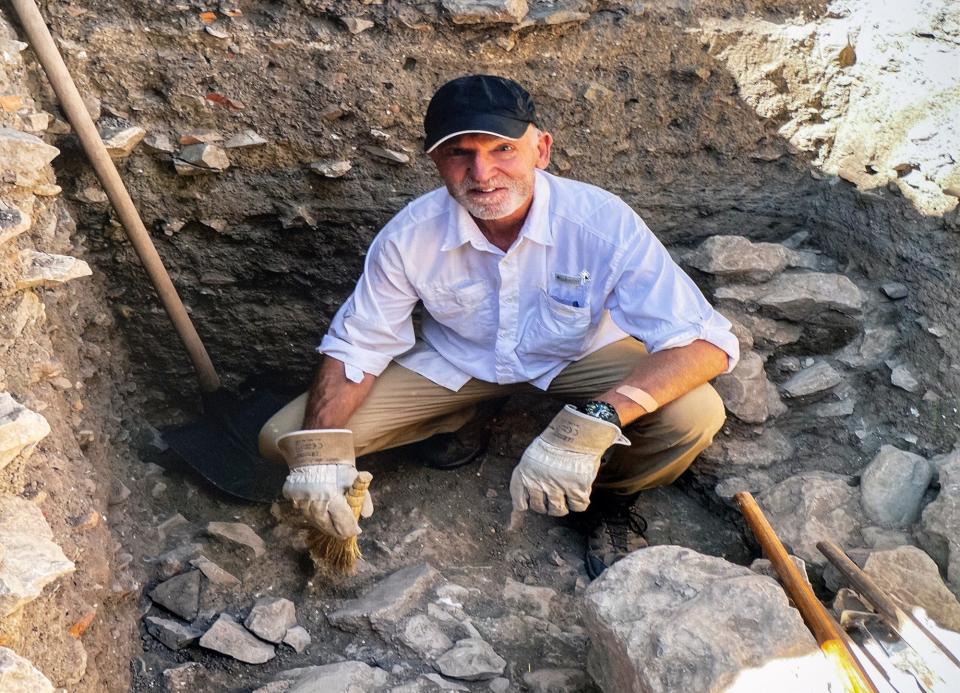
While he was in college in the late 1960s, Wagman participated in an archeological dig at the Chacoan Anasazi Salmon ruins in northeast New Mexico. The site, built into the side of Chaco Canyon, was three stories tall and included a great kiva, a cavernous circular gathering place for community ceremonies and rituals. The circular stone wall provided evidence of the skill and expertise of the masons who built it, something Wagman appreciated, his ancestors having been stone masons.
There was something about it. The Salmon pueblo had been the home of perhaps 300 people in the 11th century and was among the largest such settlements in that part of the world. By 1288, evidence suggests, it had been abandoned for reasons unknown.
And that unknown is what propelled Wagman to pursue archeology as an avocation, to seek those answers, to try to find evidence of how those civilizations lived and ultimately perished.
That curiosity led him, in his retirement, to spend summers in the blazing Mediterranean heat in southern Greece, to help archeologists find pieces of the puzzle that would explain where we came from and how we arrived here.
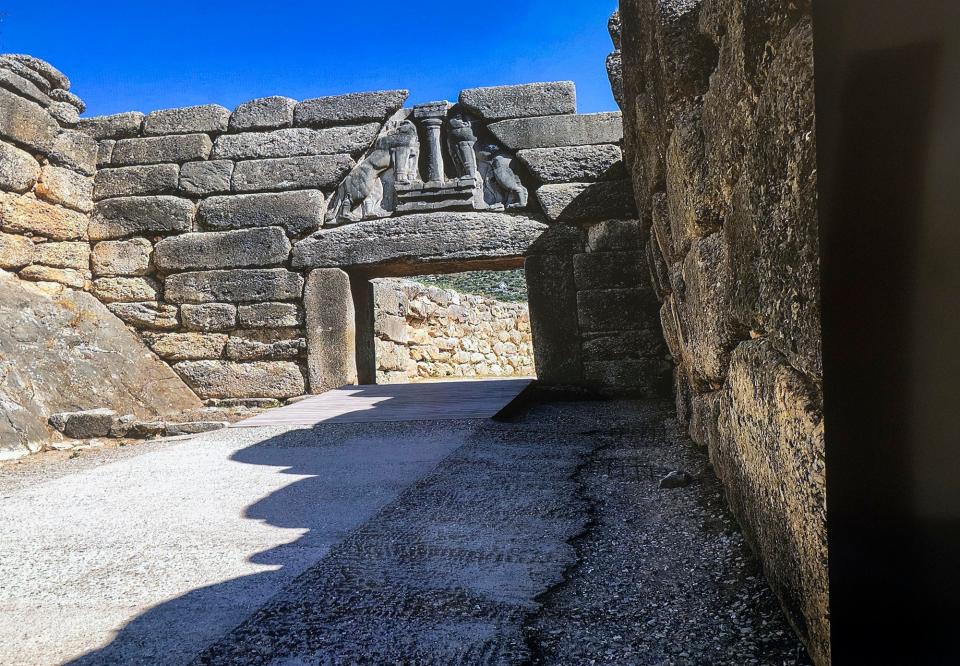
Family history sparks interest in ancient history
It may seem odd that Joe Wagman is interested in this kind of pursuit. He grew up in the family construction business, Wagman Inc., one of the most venerable businesses in York County.
The company dates to 1902, founded by Wagman’s grandfather, George Wagman, while in his 20s. The company grew from manufacturing sidewalk slabs and ornamental products to constructing highways, bridges, dams and other essential infrastructure. The company is now in its fourth generation of family leadership and ownership, something that is rare in the world of corporate takeovers and mergers and acquisitions. Very few family-owned businesses, Wagman said, survive two generations. Wagman is mostly retired from the business; he still serves as chairman.
That family history, Wagman said, “is definitely a part of my general interest in history.” But his interest in ancient history goes beyond that. It has to do with a “more specific connection” he feels when he holds ancient artifacts in his hands.
“That connection is more like ‘You are not forgotten. We’re thinking of, interested in, and trying to better understand you.’ When we find later items from later civilizations, it’s more of an intellectual connection, of finding a piece of their life, after these thousands of years.”
Millenia from now, you can imagine future archeologists digging through the ruins of 21st century America and finding bridges and highway interchanges and dams and wondering about the people who built them.
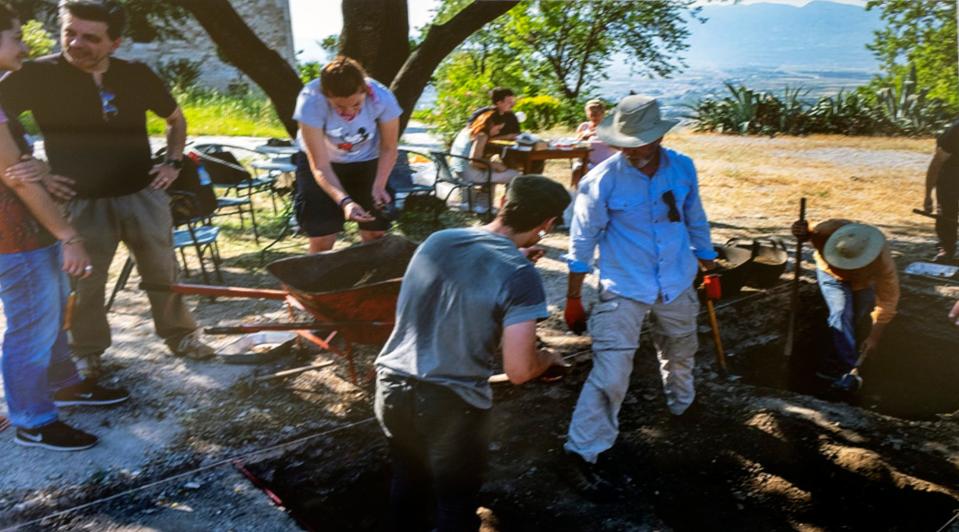
Answering the unanswered
As he progressed in his career in the family business, Wagman remained interested in ancient civilizations, reading books and periodicals describing digs that unearthed the secrets of the ancient world, pieces of human history that filled gaps in the puzzle that composes the picture of humanity. When he retired, sort of, he continued that pursuit. He's devoted to philanthropic pursuits, serving as chair of Better York and on the board of the York Community Foundation, but ancient history is his passion.
He is interested in Mediterranean history from about 1600 B.C., described in Homer’s classic epic poem "The Iliad" that depicts the final weeks of the 10-year war between the Mycenaean Greek states and the city of Troy. The poem is not an exact depiction of history, Wagman said. It’s more like a based-on-a-true-story miniseries. The truth of the matter, Wagman said, is that the war was not fought over the kidnapping of Helen of Troy. It was probably fought over economic issues, trade, plunder and turf, as have most wars since early humans learned to make weapons. (See Russia’s invasion of Ukraine.)
Wagman is particularly interested in the Mycenaean history, which was a prequel to the Greek civilization. The Mycenaeans are kind of a historical enigma, Wagman said. At about 1450 B.C., they took over the more civilized Minoans on the island of Crete. “The Minoans were the class act in the immediate area,” Wagman said. “The Mycenaeans were thugs.”
The Mycenaeans disappeared in 1200 B.C., he said. It’s not clear what led to the civilization’s downfall; a deep drought could have decimated their food supplies, or it could have been disruption of their trade routes sent the economy into a death spiral. Either way, Wagman said, “They had a big run."
The answers to those unanswered questions may lie in the soil in a place in Greece called Lamia.
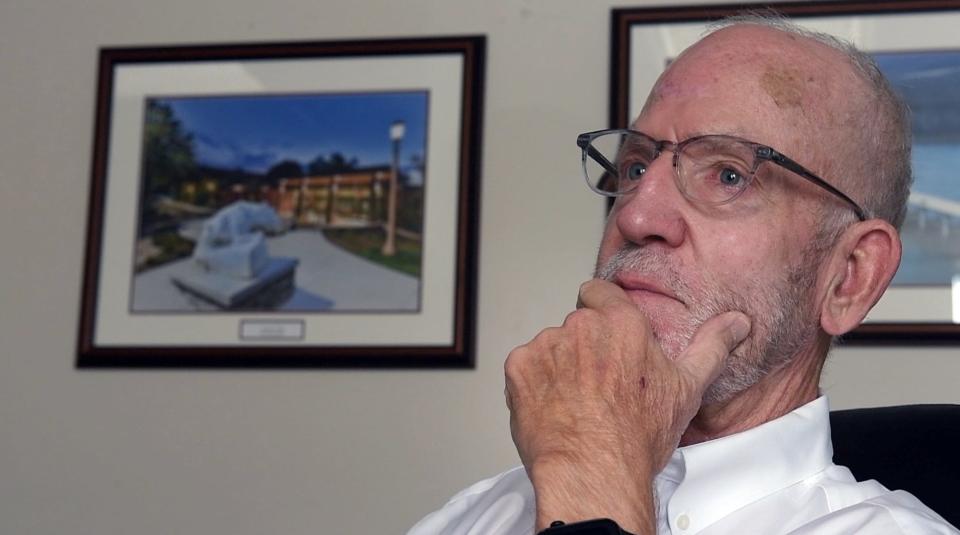
'How did they do that?'
Wagman had been on other digs in Greece, excavating the remains of Mycenaean city-states, large compounds surrounded by 15-foot-thick stone walls. The construction of the compounds was highly sophisticated, he said, something he appreciated as someone who spent his career building things. The stone work on the domes over some buildings and a spiral staircases that led to cisterns were complex structures, dependent on the builders’ knowledge of advanced design and mathematics. The precision needed to build a complex structure that has survived millennia is impressive, he said, and suggests that the civilization was fairly sophisticated.
“It’s exciting,” Wagman said. “How did they have the skill to know how to (build these things). How did they do that?”
The evolution of the sites provided evidence of how times changed over the decades. Early on, he said, the sites were more ornamental. As time passed, he said, they became more defensive, constructed in a way to thwart attacks by plunderers. For instance, he said, the main entrance to the city-state was a hall with high walls on three sides, creating “a kill zone” for invading forces.
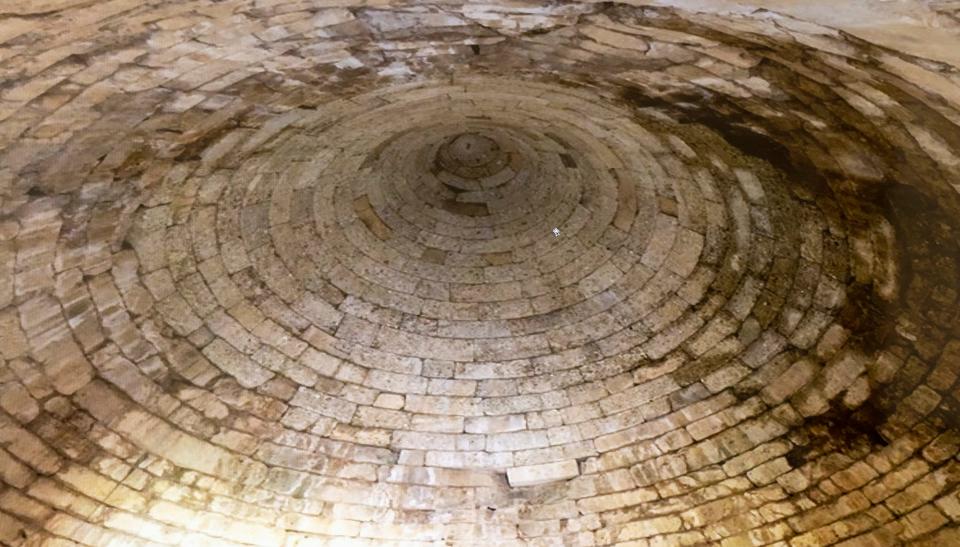
Then he went to Lamia.
Lamia, northeast of Athens, was an active dig, one that had yet to give up its secrets. “It makes sense” that something was there, he said. The site would have been at the tip of a deep bay that opened up to the North Euboean Gulf, a deep bay surrounded by mountains, creating a natural defense against attackers.
The dig is going slowly, as most do. The archeologists had to dig through nine feet of the remains of civilizations that built up atop the Mycenaeans to find what they were looking for. As they dug, he said, they had to preserve and catalog every piece they found.
Deep in the sandy soil, they found sherds of pottery bearing Mycenaean markings. (Broken pieces of pottery are called sherds; shards are broken pieces of glass.) They’ve also unearthed a portion of an interior stone wall, the stones bound by mortar reinforced with pieces of Mycenaean pottery.
More by Argento: Satanic bible found in Vicosa's basement: 'My husband was becoming more and more evil'
It’s tedious work, Wagman said. You just can’t take a backhoe to the site. Excavating the site involves removing layers of soil and sifting it to see whether it contains any artifacts. Once something is found, whether it be a piece of pottery or a portion of a stone wall, the diggers use paint brushes to sweep away the soil to unearth the piece without damaging it.
Finding something is a thrill, Wagman said. He showed a photo of pieces of pottery in his hand.
“It’s really a connection,” he said. “It makes you think: Who made it? How did it get here? How was it used? You’re touching stuff they made and used and that nobody has touched in thousands of years.”

Another by Argento: Bizarre break-in at '90 Day Fiancé' star's York salon cracks open unsolved Pa. murder case
Don't call him Indiana Joe
Wagman has built a Power Point presentation about the digs that he has titled "The Search for Achilles," after the mythological Mycenaean warrior who starred in Homer's epic about the Trojan War. The archeologists aren't really looking for Achilles remains; they are just trying to understand how the Mycenaeans lived. Wagman, a slender, bespectacled man dressed this day in a pressed white button-down shirt and jeans, narrates the presentation in a gentle professorial voice, elaborating in great detail about Mycenaean civilization and culture without the aid of a script or notes.
It's a myth is that the practice of archeology is an adventure, as depicted in "Raiders of the Lost Ark." Archeological digs are nothing like the Steven Spielberg classic. “Raiders is one of my favorite movies,” Wagman said. “But it’s just an action film.”
The film, while it does glamorize the practice of archeology, it is antithetical to the science, he said.
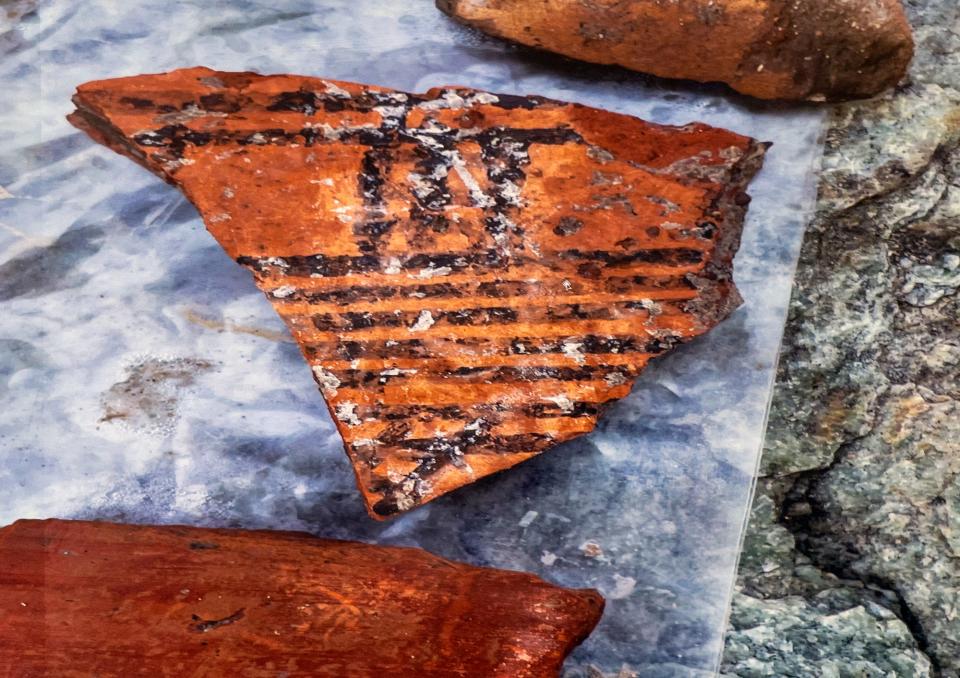
“That would be the type of plundering that is the scourge of the archeological community,” Wagman said. “Whether it was Indiana Jones or the Nazis, what they were doing is the not the goal of archeology.”
Asked whether he had ever been called “Indiana Joe,” in homage to the movie's central character, Wagman chuckled.
“I hope they never do,” he said.
Columnist/reporter Mike Argento has been a York Daily Record staffer since 1982. Reach him at mike@ydr.com.
'It will ... be a tourist destination': Uncovering a Revolutionary POW camp in York County
This article originally appeared on York Daily Record: Retired York County builder Joe Wagman pursues love of archeology

